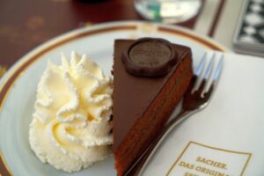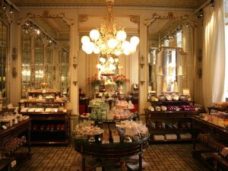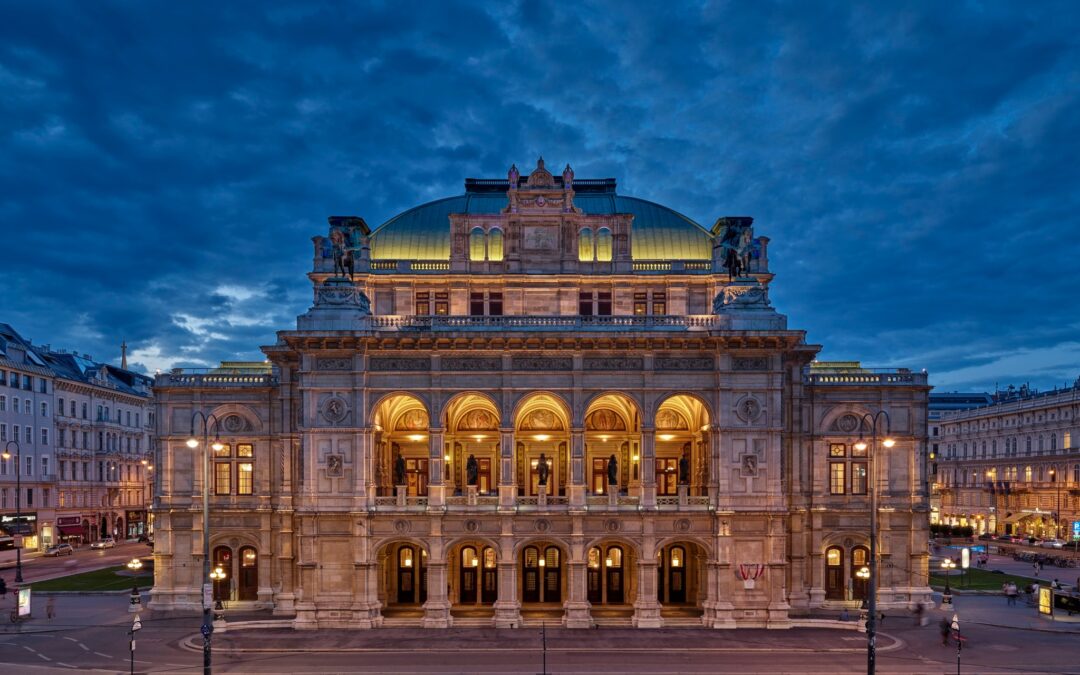Vienna, the city of music, art, and… cake! No treat is as iconic as the Sachertorte, a decadent chocolate cake loved worldwide. But did you know there’s a bitter rivalry behind this sweet delicacy? Two of Vienna’s most prestigious establishments, Café Demel and Hotel Sacher, have fought for years over the title of the “true” Sachertorte maker. Let’s delve into this delicious controversy.
The Origin of the Sachertorte
 The history of the Sachertorte begins in 1832 when the young pastry chef Franz Sacher created the cake for Klemens Wenzel von Metternich, the Austrian state chancellor. The cake was an instant success, and Franz’s son, Eduard Sacher, later opened the famous Hotel Sacher, where the cake became a staple on the menu.
The history of the Sachertorte begins in 1832 when the young pastry chef Franz Sacher created the cake for Klemens Wenzel von Metternich, the Austrian state chancellor. The cake was an instant success, and Franz’s son, Eduard Sacher, later opened the famous Hotel Sacher, where the cake became a staple on the menu.
The Dispute Begins

Demel
The dispute began when Eduard Sacher further honed his skills at the renowned pastry shop Demel. Here, he introduced a variant of the Sachertorte, leading to confusion over who actually made the authentic version. Both establishments claimed to possess the original recipe, resulting in a legal battle that lasted decades.In the 1960s, the situation escalated into a lawsuit. Hotel Sacher and Café Demel fought in court over the rights to the name “Original Sachertorte.” After years of legal battles, a compromise was reached: Hotel Sacher was granted the right to call their cake the “Original Sachertorte,” while Demel could name their version the “Eduard-Sacher-Torte.”

Sacher
Today, visitors to Vienna can enjoy both versions of the Sachertorte. At Hotel Sacher, you get a cake with a thick layer of apricot jam between the cake and the chocolate glaze, while Demel’s version has the jam directly under the glaze. Both are delicious in their own way and offer a unique taste experience.
Conclusion
The rivalry between Café Demel and Hotel Sacher has only made the Sachertorte more famous. It’s a beautiful example of how history, culture, and gastronomy come together in the streets of Vienna. So next time you’re in the city, why not try them both and decide for yourself which is your favorite?







